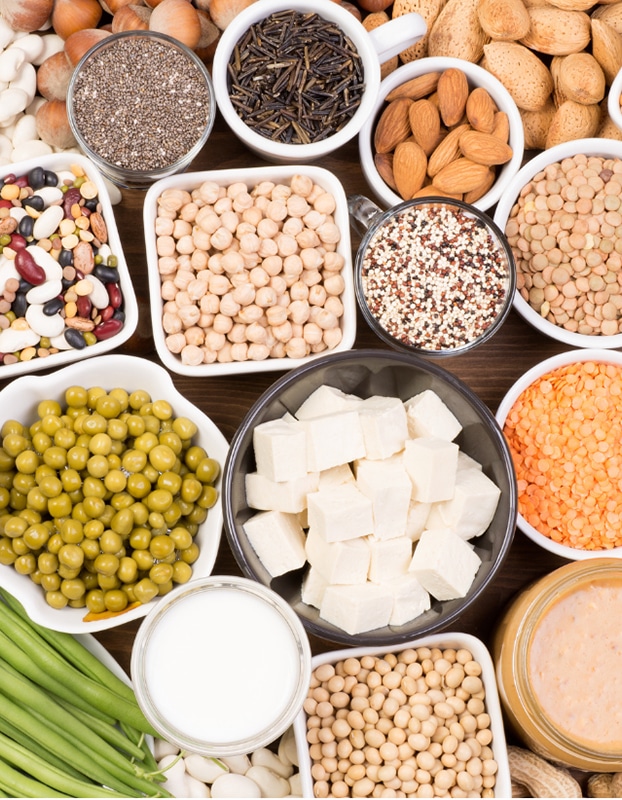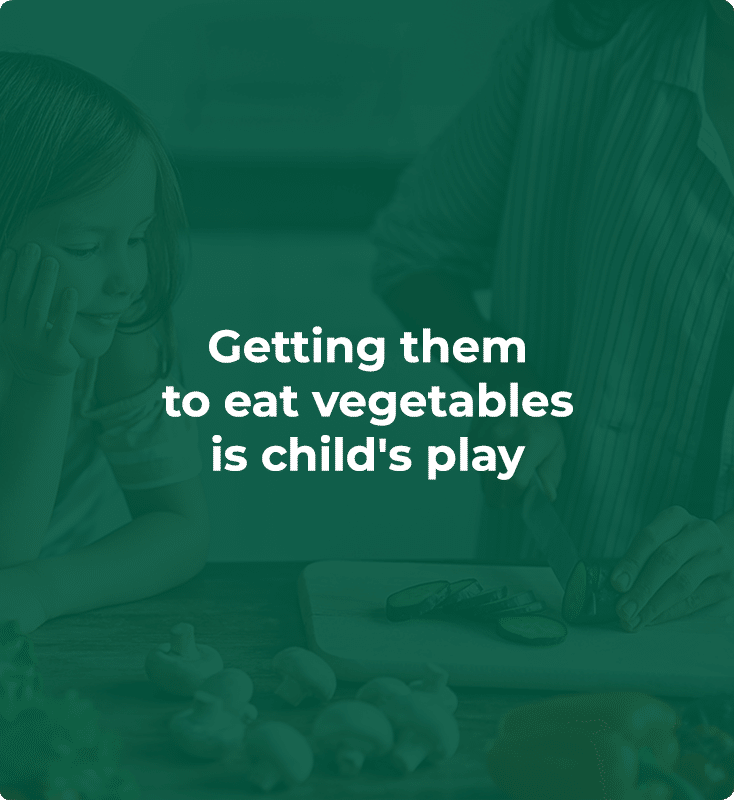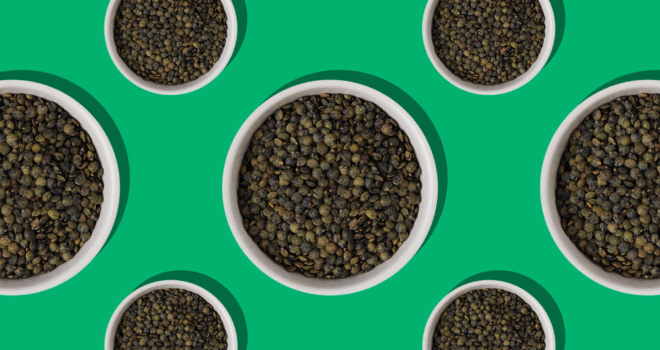Often shunned, forgotten, or even accused of causing digestive discomfort, dietary fiber is actually a real asset for our health. We consume far too little of it, despite its ability to enhance our daily wellbeing when we know how to use it correctly. Here, we take a closer look at this unsung hero, the false preconceptions surrounding it, and the right habits to adopt in the kitchen.
Dietary fiber: what is it, in reality?
Fiber is a special kind of carbohydrate. Unlike conventional sugars, our bodies don’t digest fiber. But this is not a weakness: it’s a strength! Fiber provides food for our intestinal bacteria.
Found exclusively in plants (fruit, vegetables, cereals, pulses, etc.), it is divided into two types. Soluble fiber (found in oats, apples, artichokes, pulses, etc.) forms a sort of gel in the intestine, slows digestion, helps regulate blood sugar, and curbs hunger. Insoluble fiber (in wholegrain cereals, vegetables in general, nuts, etc.) boosts transit by increasing stool volume.
According to recommendations1, we should be consuming at least 25 g of fiber a day. However, Western countries struggle to meet a 20 g per day target2. The result is flagging microbiota and, sometimes, sluggish digestion.
Health benefits
A huge study published in The Lancet in 2019, encompassing over 185 scientific works, shows that a high-fiber diet reduces the risk of cardiovascular disease, type 2 diabetes, obesity, and even certain cancers, such as colorectal cancer.
How does it work? Soluble fiber traps cholesterol, slows sugar absorption, and quells hunger pangs. Insoluble fiber, on the other hand, maintains good transit and nourishes our microbiota, the billions of bacteria that play a key role in our immunity and mental health. In short, fiber is like compost for your intestine: it enriches, regulates, and protects.
How to reduce bloating and flatulence ?
It’s true that introducing more fiber into your diet can cause some intestinal turbulence! But that’s no reason to turn your back on it! The discomfort is often temporary and usually occurs when the body is not used to processing as much plant matter. The solution? Eat fiber regularly, drink plenty of water (essential to prevent blockages), vary your sources of fiber, and change the way you prepare and cook vegetables.
Eating more fiber without feeling uncomfortable is possible
Because the good news is that it’s often just a matter of changing how you prepare food, rather than what food you choose. Gentle cooking methods, such as steaming, baking and simmering, soften fiber and make it easier to digest. Also consider blending: soups, purées, and compotes are ideal for boosting your fiber intake without putting excess strain on your intestines.
And no, not all fiber causes bloating! When cooked, some types of fiber become easier to tolerate, notably carrots, zucchinis, and sweet potatoes. If you suffer from irritable bowel syndrome or digestive sensitivity, it’s best to take it easy and introduce small quantities at each meal, gradually increasing your fiber intake.
As regards pulses, start with those you tolerate well and gradually broaden the range. Lentils, for example, contain fewer fermentable compounds and are therefore easier to digest.
Fiber has long suffered from a reputation as being boring, uncomfortable, or too ‘rough’. But with a little education and a few cooking tricks, it can take pride of place on your plate. Your transit, your heart, your blood sugar levels—and even your friendly intestinal bacteria—will thank you for it! So, are you ready to make friends with fiber?

Sources : Reynolds, A., Mann, J., Cummings, J., Winter, N., Mete, E., & Te Morenga, L. (2019). Carbohydrate quality and human health: a series of systematic reviews and meta-analyses. The Lancet, 393(10170), 434–445
James W Anderson, Pat Baird, Richard H Davis, Stefanie Ferreri, Mary Knudtson, Ashraf Koraym, Valerie Waters, Christine L Williams (2009). Health benefits of dietary fiber. Nutrition Reviews, Volume 67, Issue 4, Pages 188–205
Deepak Mudgil. Chapter 3 – The Interaction Between Insoluble and Soluble Fiber (2027). Editor(s): Rodney A. Samaan, Dietary Fiber for the Prevention of Cardiovascular Disease, Academic Press, Pages 35-59,
Simpson, H.L. and Campbell, B.J. (2015). Review article: dietary fibre–microbiota interactions. Aliment Pharmacol Ther, 42: 158-179.
https://www.inrae.fr/actualites/microbiote-revolution-intestinale-bien-nourrir-son-microbiote [ on line 2025/05/30]
https://badgut.org/centre-information/sante-et-nutrition/fibres-alimentaires/?lang=fr [on line 2025/05/30]



 Endives
Endives  Bitter greens
Bitter greens  Vegetable garden: growing ginger
Vegetable garden: growing ginger 









